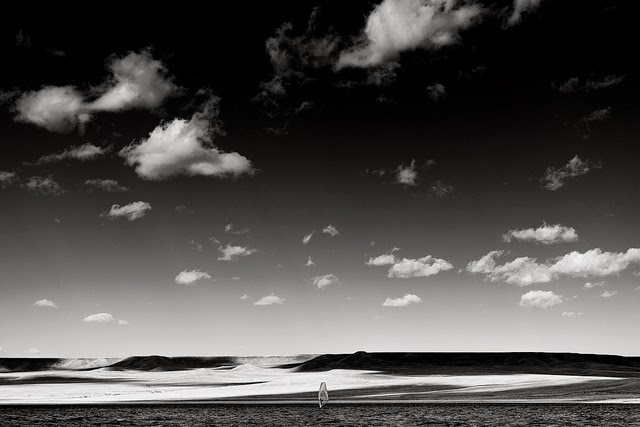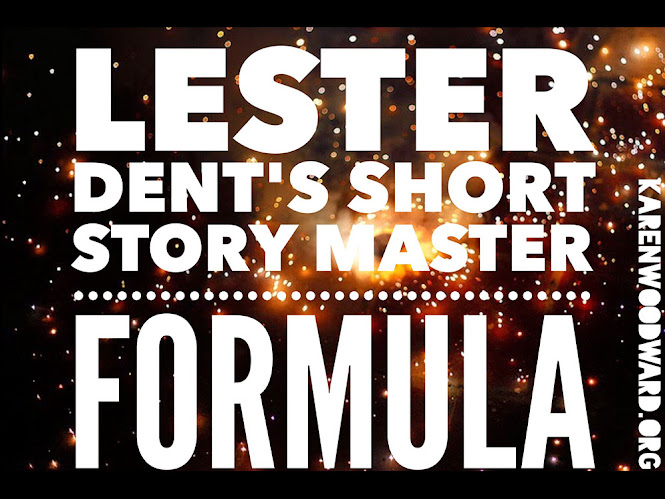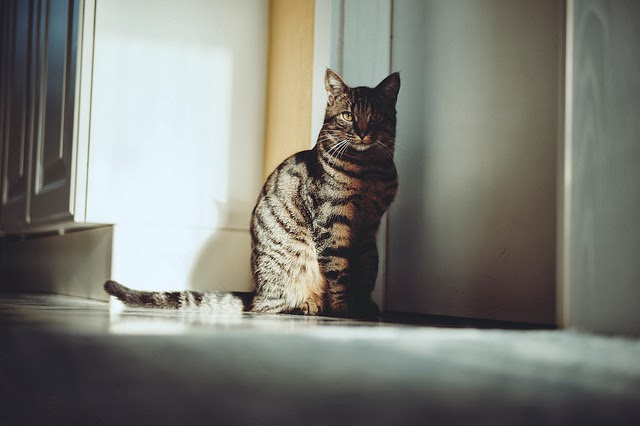This material is drawn from Chapter Four of Dwight Swain's book Techniques of the Selling Writer.
Dwight Swain writes:
"What I offer here is merely a beginning. [...] Once you've mastered the elements of the form; experience and study of published copy will teach you how to vary it in terms of your own taste and judgement."
In other words, this is just a beginning, a hasty sketch. In the end, you are your own best teacher. As in writing, so in life: as you come upon new information extract what resonates with you and ignore the rest.
Today, I'm going to share my notes from Techniques regarding scenes. The next post in this series will be about sequels, and how scenes and sequels work together to create a story.
What is a story?
A story is a chain of scenes and sequels.
Scenes are units of conflict, of struggle.
Sequels are units of transition that daisy chain scenes together.
Today I'm going to talk about scenes, what they are and how to make them more gripping.
What is a scene?
A scene is the powerhouse of conflict and struggle that moves your story forward.
As Dwight V. Swain writes:
"[A scene is a] blow-by-blow account of somebody's time-unified effort to attain an immediate goal despite face-to-face opposition."
And, of course, by "somebody" we mean the focal character.
What does a scene do? What are its functions?
a. To provide interest for the reader.
b. To move your story forward.
Let's take these in turn.
a. A scene captures the readers attention.
How does a scene capture a reader's attention? Glad you asked!
A scene pits the hero--or at least the point of view character--against an opposing force.
DS holds that each and every scene must provoke this question in the reader: "Will the character win against the opposition?"
b. A scene moves the story forward.
DS writes that each and every scene you write should change your character's situation. Note, though, that change doesn't always constitute progress toward the character's goal. (But progress always involves change).
Time
A scene is unified by time. There are no pauses, no breaks, in its flow.
Scene Structure
Here is the skeleton of a scene:
a. Goal
b. Conflict
c. Disaster
Boxing Example
This is DS's example.
Goal: Our protagonist wants to knock out the other boxer.
Conflict: Wary circling, "feinting, punching, counterpunching".
The protagonist lands a blow, the other boxer goes down.
The protagonist slips up, the antagonist lands a knockout punch.
The protagonist goes down.
Disaster: The protagonist tries to rally but he can't. He loses the fight.
The three parts of a scene:
a. Goals
In a scene your hero will want one of three kinds of things.
a. Possession of
Possession of something. A girl, a job, a jewel. Possession of treasure, of something desired.
b. Relief from
Relief from blackmail, domination by others, fear, and so on.
c. Revenge for
Revenge for a slight, a lost, a betrayal, and so on.
Goals are concrete
i. "A goal is not a goal until it's specific and concrete and immediate enough for you to take some sort of action toward achieving it."
"Ideally, this decision should focus on a target so explicit that you might photograph your hero performing the act to which he aspired."
ii. Your character must decide to act.
He can't be forced into action. Even if the hero is being blackmailed, they have to decide to purse the goal of their own free will (or so it must appear).
Goals: Explicit and Implicit
There are two kinds of goals:
- Goals of achievement (explicit)
- Goals of resistance (implicit)
This example is courtesy of DS:
John, our focus character, is on a date with Suzy, the girl he wants to ask to be his wife. (Keep in mind Techniques was originally copyrighted in 1965.)
George, John's rival for Suzy's affections, breaks up John's date and tells him never to see Suzy again.
Immediately, John acquires a goal: to prevent George from taking Suzy from him. This goal is implicit. It is one of resistance.
George, John's nemesis, has a goal of achievement: to win Suzy's hand.
Goals of achievement and goals of resistance complement each other.
Whenever the villain acquires a goal of achievement the hero acquires a goal of resistance, and vice versa.
b. Conflict
DS repeats this several times: Conflict is opposition.
Conflict implies "two entities struggling to attain mutually incompatible goals. For one to win, the other must lose."
The hero struggles against the antagonistic force that opposes him, or her, attaining the goal. This opposition between the hero and the antagonistic force, this clash, provides the opposition that represents the engine of a story, it is the fuel that generates narrative drive.
Clarity
When a character meets with opposition the hero must state his case. Your readers need to know what your hero is going to attempt.
If your hero lets the opposition get the better of him, if he walks away when he meets resistance, then we conclude either:
i. The hero didn't really have that goal.
ii. The hero lacks strength of character. In this case, the reader will lose interest.
After the initial opposition has played out, additional difficulties must be brought into the situation to keep up the momentum.
- More hindrances
- More obstacles
- More complications
Make it harder for the hero to win his goal.
How is this accomplished?
The difficulty level must be increased and the stakes must escalate.
DS writes: "Emphasize the strength of the opposition. Build up the forces that block ... [your hero]."
For example, let your hero "receive new and unanticipated information that makes the situation worse."
c. Disaster
Disaster is a hook.
"A hook is a devise for catching, holding, sustaining, or pulling anything--in this case, a reader."
Here's the question we want the reader to ask when he/she is presented with a new obstacle to the hero achieving his/her goal: What will the focal character do now?
Also, a disaster is a "[s]udden and extraordinary misfortune; a calamity."
The end of a scene must "raise an intriguing question for the future--a question designed to keep your reader reading. / To that end, no better device has ever been conceived than the confrontation of your focal character with disaster."
(DS notes that the disaster doesn't have to be actual, it can be potential.)
A reverse disaster
A reverse disaster is where your focal character launches "some diabolically clever scheme to do in his foes," one that you just know is going to backfire in some way.
In this case the hooks you use to pull along the reader will be through questions like:
- "Are things really going to work out this well, this easily, for Hero?"
- "Will Villain fall for such a stunt? Or has he some trick up his sleeve with which to turn the tables?"
Disadvantages of the reversed disaster.
- It takes "initiative away from your focal character and gives it to the opposition. This forces your hero to wait [...] passively to see how said opposition is going to react."
The Scene: A Summary
Whatever you do, always conclude your scene with the story "pointed into the future: some issue raised that will keep your reader turning pages, ever on the edge of his chair as he wonders just what's going to happen now!"
That's it for scenes. In the next post in this series we'll look at sequels and then, finally, turn to how scenes and sequels fit together in such a way that they generate a story with just the right amount of narrative drive.
Stay tuned!
Photo credit: "Its Big Country" by Zach Dischner under Creative Commons Attribution 2.0.









